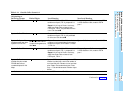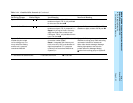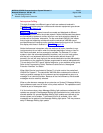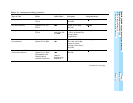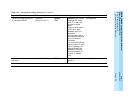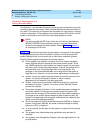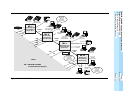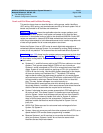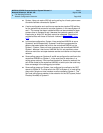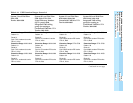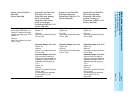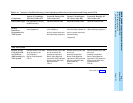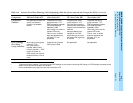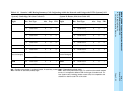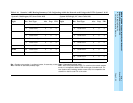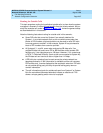
MERLIN LEGEND Communications System Release 6.1
Network Reference
555-661-150
Issue 1
August 1998
Call-Handling Scenarios
Page 2-60Network Configuration Scenarios
2
■ System J does not require ARS toll-saving calling for all local system users
to outside facilities connected to System L.
■ A series configuration such as this one requires two tandem PRI facilities
for the systems that connect to two other systems, in this case Systems K
and L. This means that fewer outside facilities can be connected to these
systems than to Systems M and J because the system’s capacity of 80
lines/trunks (or three DS1 facilities) cannot be exceeded. Compare the
outside facilities with those of Scenario 4 shown in Figure 2–5 on page
2–75.
■ In this series configuration, System L has centralized VMS/AA to serve
Systems K and M respectively. Systems K and M are programmed for
patterns that select pools that route to the centralized VMS/AA on the
System L. System J does not have coverage to the centralized VMS/AA
System L because it has its own VMS/AA and it is not possible to cover
calls over more than one span between sender and receiver on the private
network.
■ Some calling groups on Systems K and M are configured to overflow to the
centralized VMS/AA on System L, in the event that all extensions in a
calling group are busy. If the overflow threshold or timeout is reached, the
call will be routed to the centralized VMS/AA, at which point the caller may
leave a message in the calling group’s mailbox.
■ Some calling groups on System J are configured to overflow to the QCC
queue on System K. To route calls to the QCC at System K, a local calling
group with a single non-local member must be created at System J. This
non-local calling group member is the extension for the QCC queue (Listed
Directory Number) at System K.



